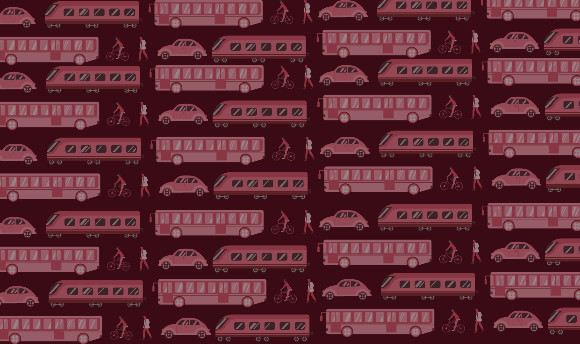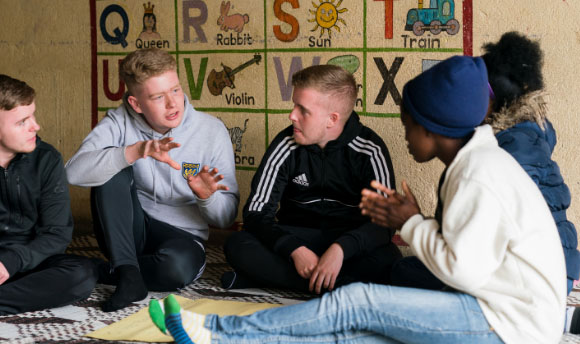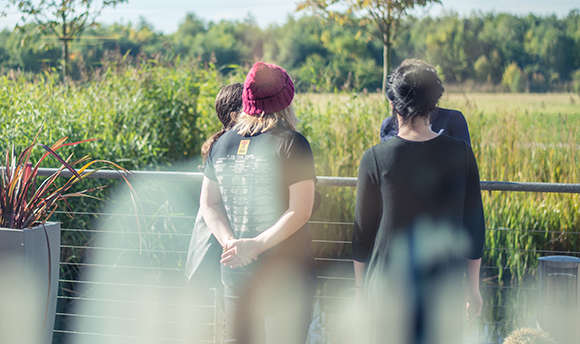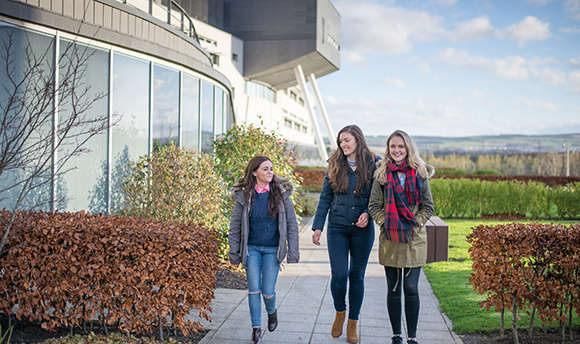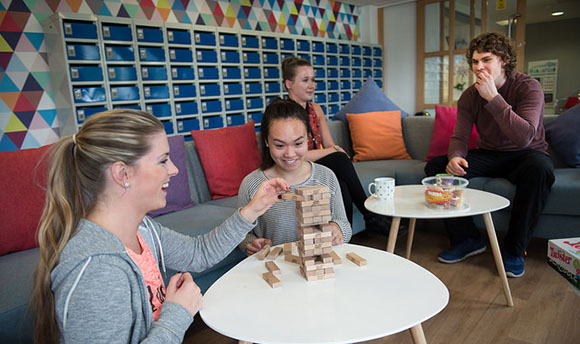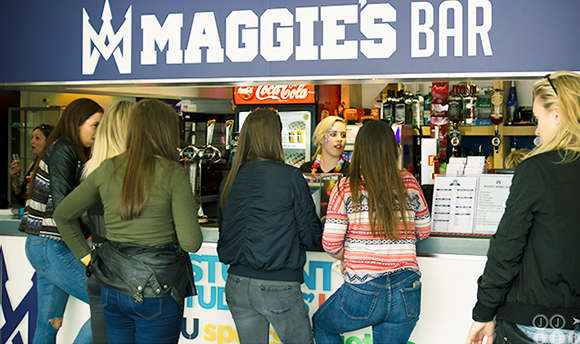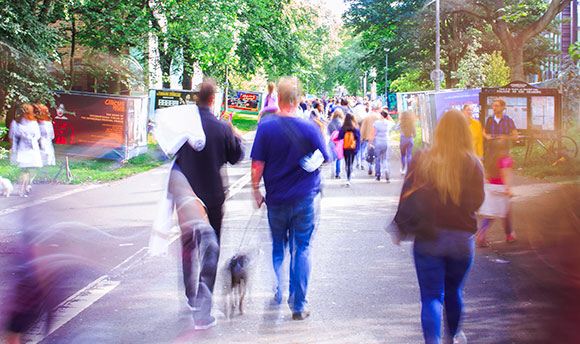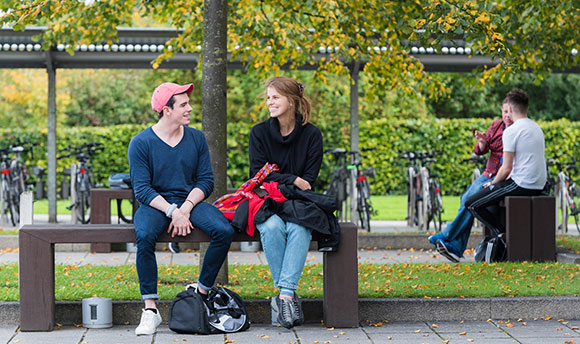Queer phenomenologist Sara Ahmed speaks about the notion of disorientation as a bodily feeling and as a political concept: moments of perceived loss, of ‘failed orientation’ that give rise to a potential for reinvention and new directions. This notion of (bringing) things out of order is at the core of my PhD research. I engage with and (co-)create film works that deal with trauma and the queer body, in particular the experience of microaggression against queer identities. Both queerness as a political orientation and trauma embody variously twisted notions of disorientation, of disturbing the order of things which I closely examine theoretically and practically. Centring the disorientation in lived experience and film works, I’m asking how losing one’s ground can help us build and articulate political agency.
To explore this, I have opened up an experimental documentary filmmaking space in which I try and capture the sensation of being exposed to microaggression. That complicated feeling of powerlessness and discomfort in light of subtle and fleeting behaviours against one’s identity. Gazes, words, jokes, laughter, even just a certain tense feeling in a room. In this documentary space, we use experimental processes and visuals rather than fixed scripts or words. We also let dreams, hallucinations and memories flow into what’s depicted on screen. From this process, as I have found and instigated so far, arises a particular aesthetics, which I have termed aesthetics of disorientation.
Because it is so centrally about making and creating realities in an artistic process, aesthetics of disorientation is a deeply practical aesthetics; as contemporary philosophers Herzogenrath, Rajchmann and Bennett formulate it: a theory of sensual thinking. Rather than seeing art as a mere object that you think about, art and thought come alive in their encounter, and ‘discover their resonances with one another’ - in Raichmann’s words. It is about thinking with art.
So where does “disorientation” come in and what does it do?
Speaking in film-technical terms, I use for instance lower opacity or long exposures to create blurry, “moving”, moved images. Sometimes I intentionally leave the subject I’m filming out of focus. I also play with distorted projections or project things onto certain textures or on to myself, or I create disordered, confusing cinema spaces. We have used a non-gestural and out-of-synch sound design, which was created by Bryant Keith Bayhan. These technical quirks, on the one hand, come intuitively for me, on the other they are also profoundly related to trauma realities, where understanding remains out of reach, out of focus, out of grasp.
Sara Ahmed’s epistemological stance on gender is along lines of orientation. She asks: how do we inhabit spaces and who do we inhabit them with? She thinks about the spatiality of gender, sexuality, race, and class and states that certain bodies that are ‘directed in specific ways’ are given priority in society and that these directions, in turn, shape our world.
The feeling of not fitting into the established order of things and then shaking up this order are an inherent part of the queer experience and politics. In her discussion of phenomenology and queer politics, Ahmed tells us that these ‘moments of disorientation are vital’. When things are out of order, or when things are intentionally brought out of order, we are faced with a disengagement from our usual habits. The ground we are standing on might be wobbly or lost and we might be unable to move at all. In certain instances, this moment of loosing one’s ground might be too strong, persist and become a crisis. Or, something new might take shape that can widen our understanding of the current state-of-being.
Interestingly, these moments are also what Deleuze considers essential: It’s what he refers to as ‘encounter’ with an artwork which in its newness might take a deeply discomforting, entangled or confusing form. In these encounters, according to Deleuze, emerging, affective resonances allow for new thought and new sensation to merge in a very specific way of ‘doing thinking’, as described by Herzogenrath, beyond representation and categorisation.
And Jill Bennett tells us that sensation in such an encounter is the ‘catalyst for critical inquiry’, forcing us to think. And so, this is where aesthetics of disorientation become of interest to me. If new, initially disorientating sensation, embodied in the process and in the artwork, is what stimulates thought, what can it do to break up norms, reach new means of thinking, and different points of view?
In this sense, I would like to take up this relationship between disorientation and understanding trauma as a form of resistance to the pathologies and medicalisation of trauma and queerness as well as to a merely ocular and representational analysis of film. I don’t seek new knowledge in binaries of ‘hidden’ and ‘revealed’, of ‘visible’ and ‘invisible’ or ‘making’ and ‘thinking’, but in everything that remains in-between.
